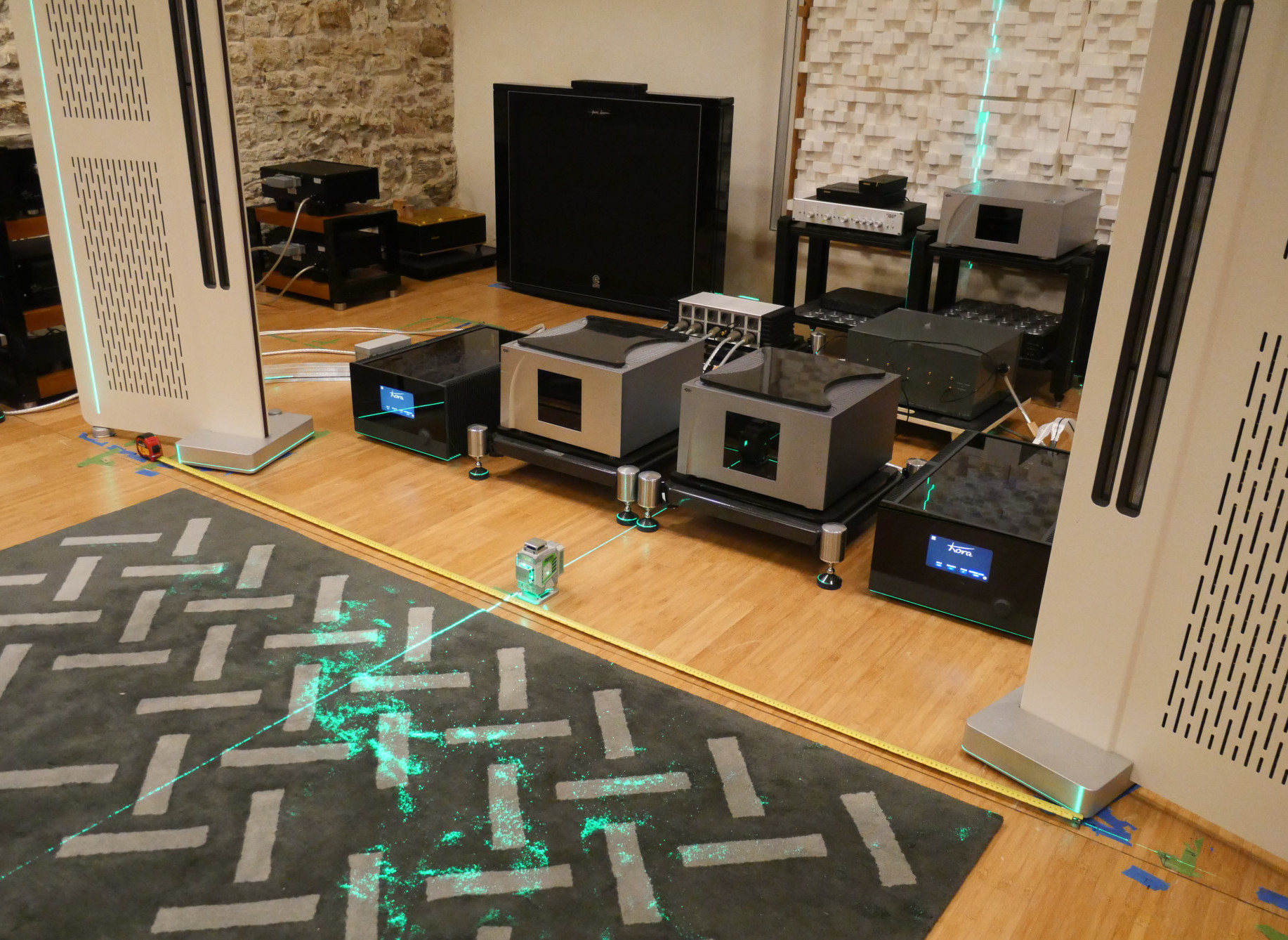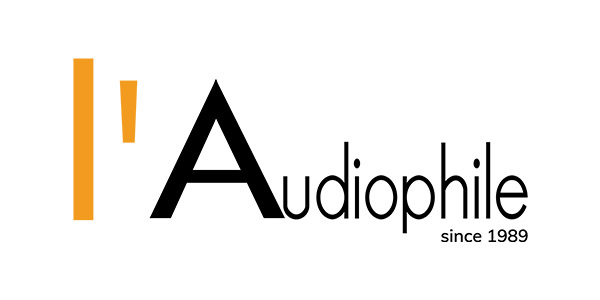So, when it comes to positioning the Ref IIs for optimum bass performance, the first rule is, the further you can get them from the rear wall the better, with a theoretical and practical maximum of one third of the axial distance on which they are placed. Once you’ve established just how far forward you can bring them, you can start to adjust the rear-wall distance for the best bass weight and articulation.

The next step is to fix lateral spacing. This is a question of trial and error, but, if you have started by positioning one speaker for best bass balance, fore and aft, moving it laterally to further improve integration and articulation is an easy evolution. With one speaker positioned, you can then place the second symmetrically, before then further optimising its position. This is a situation in which working with the speakers individually pays huge dividends and makes the results of positional shifts far easier to hear and assess.
Having aligned the speakers with the room, the next step is to align them one to the other. This involves both the distance between them and the distance between each speaker and the listener, which needs to be identical. This is also where the nature of their line-source output comes into play. The length of the drivers means that, if the two speakers are going to integrate properly, their drive-units will need to be precisely parallel, their azimuth (lateral attitude) vertical. With that equidistance and vertical alignment achieved, it now becomes a case of adjusting one speaker relative to the other, by tiny increments, until the two channels align perfectly.
Finally, you’ll need to set rake angle. Once again, the speaker’s line-source drivers influence their output, with very narrow vertical dispersion. That means that the listening axis – or the angle of the baffles relative to the listener’s ears – becomes critical to achieving proper balance and the full energy/frequency spectrum. But the Ref IIs stand six-feet tall, with the centre of their tweeters around 39”/1m off of the ground. That places their output axis above most seated listener’s ears, generally considered to be around the 36” height, but differing with the height of said listener and the listening seat. It’s also worth noting that current fashion when it comes to sofas and armchairs is for a lower, more relaxed, seated position. All of which means that, in almost every situation, you’ll need to rake the Ref IIs forward in order to achieve a proper balance. It might seem counterintuitive, but try it and you’ll soon see – or rather, hear – with the soundstage snapping into focus, but more importantly, a more concentrated sense of musical energy and purpose.
So much for the theory…
Knowing what to do is one thing: getting it done is quite another. First order of business will be getting the speakers acclimated and over their travel shock. There’s no point in trying to optimise a speaker that’s not at room/operating temperature and is still suffering the mechanical after-effects of shipping or delivery. Get them built, get them hooked up and then leave them to run before attempting any serious set-up. I’d say overnight is the minimum, which at least opens up the option of delivery one day and then a fresh start, first thing in the morning.


